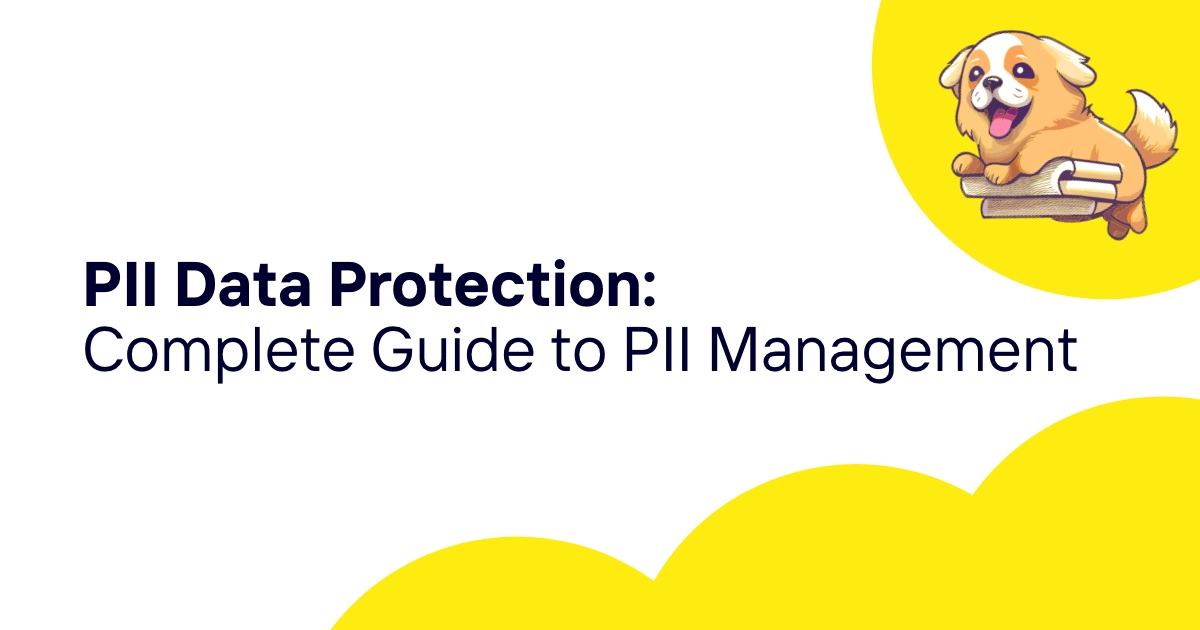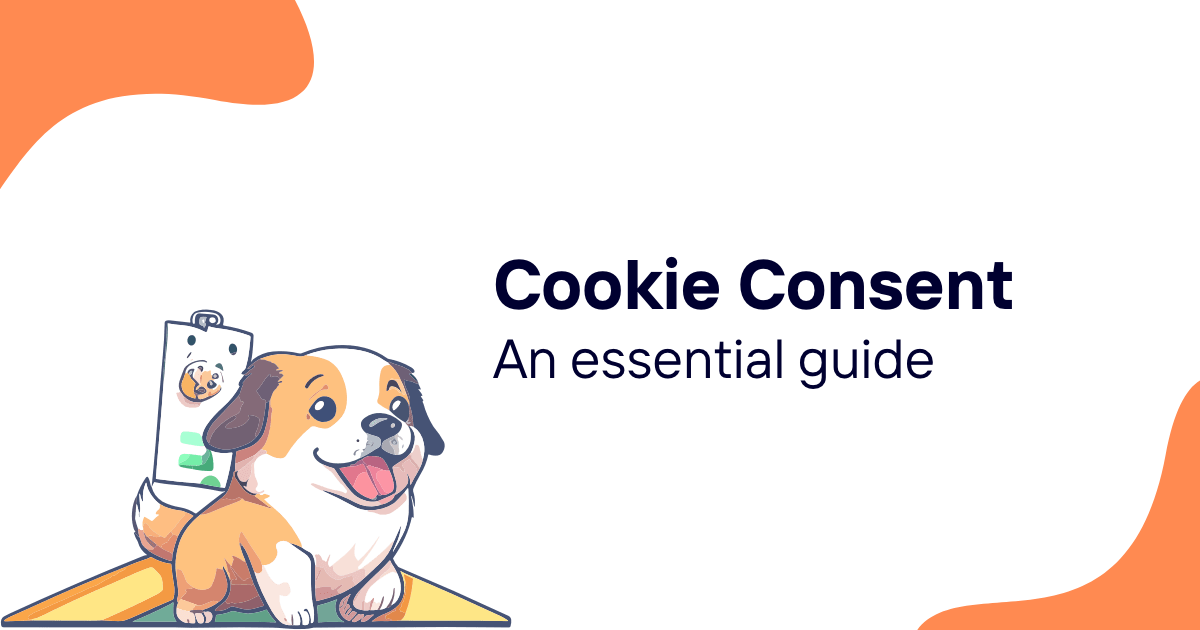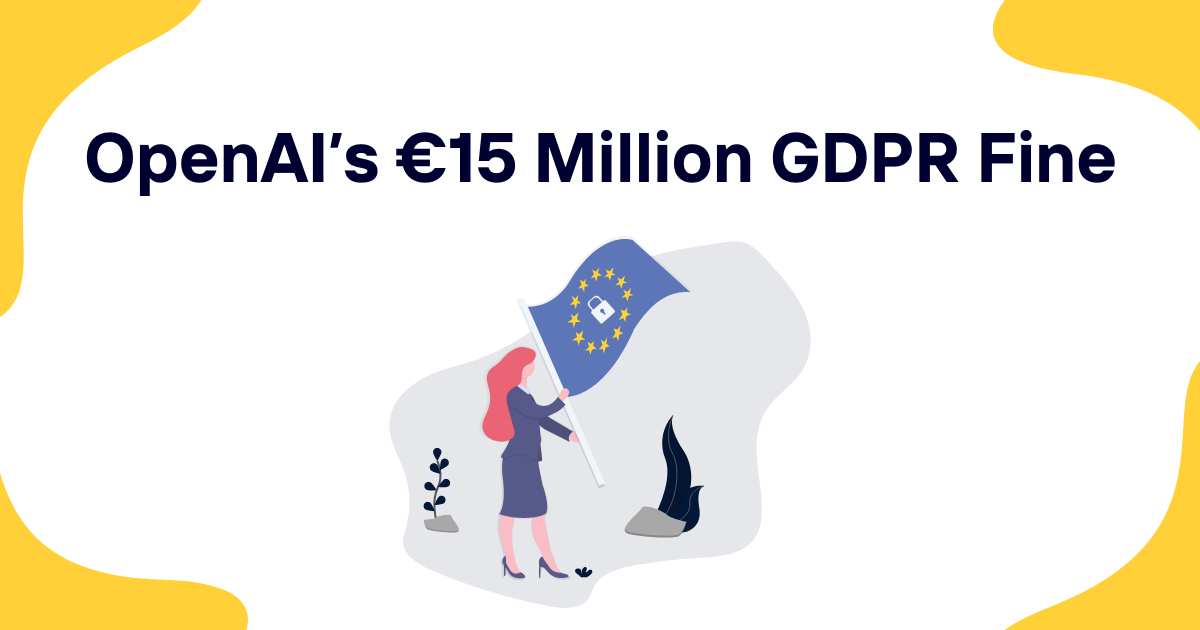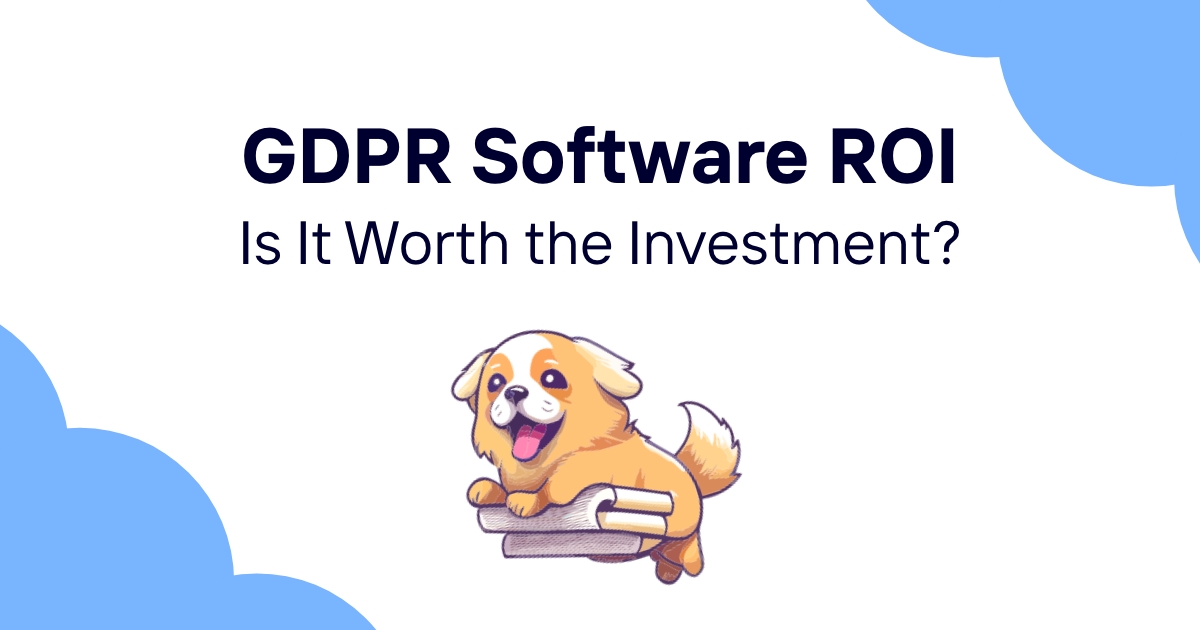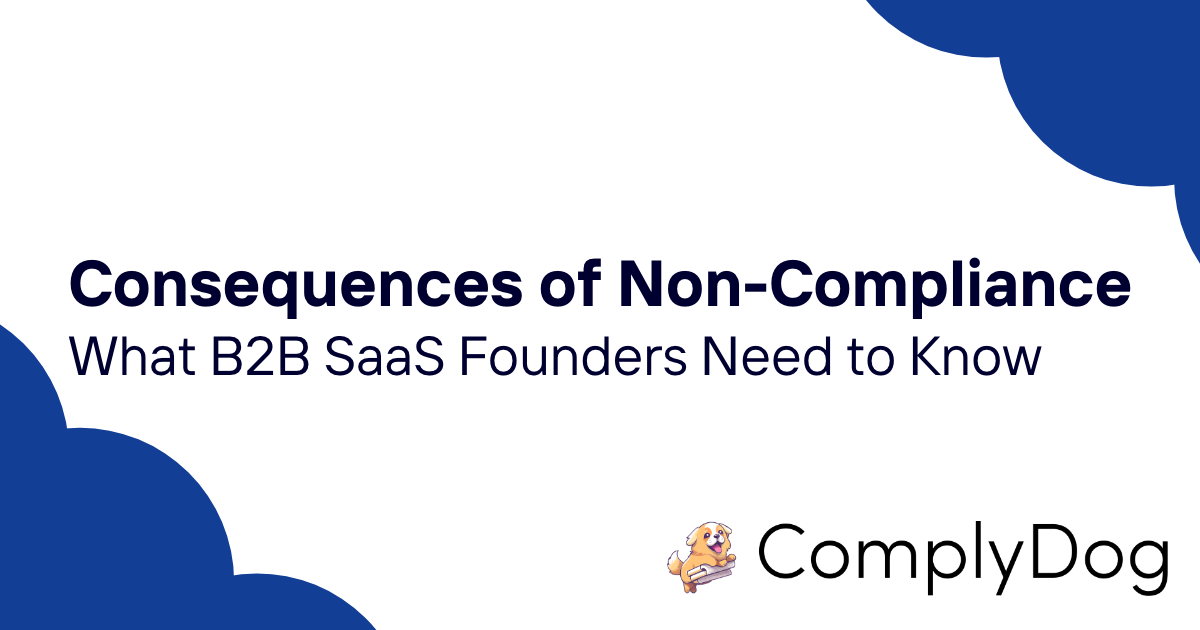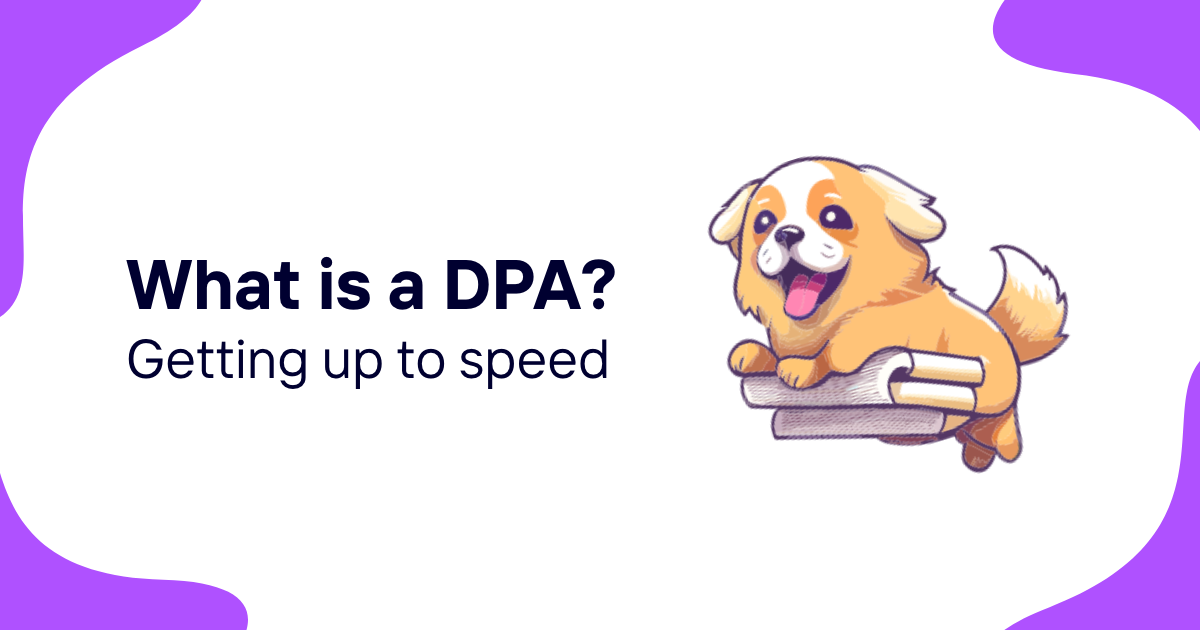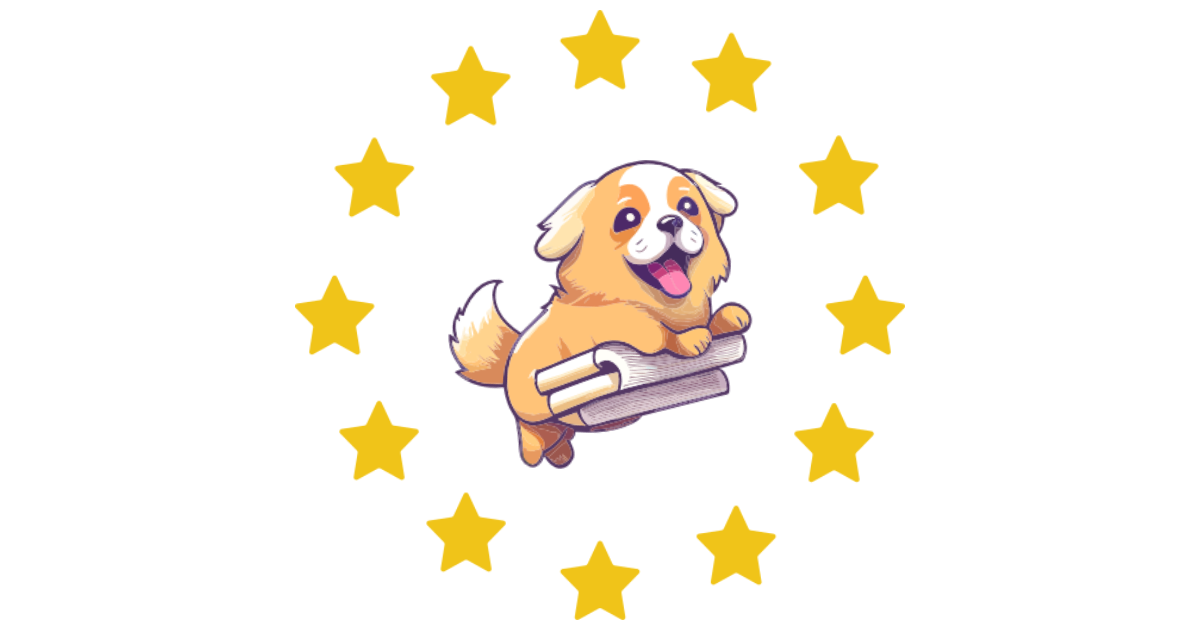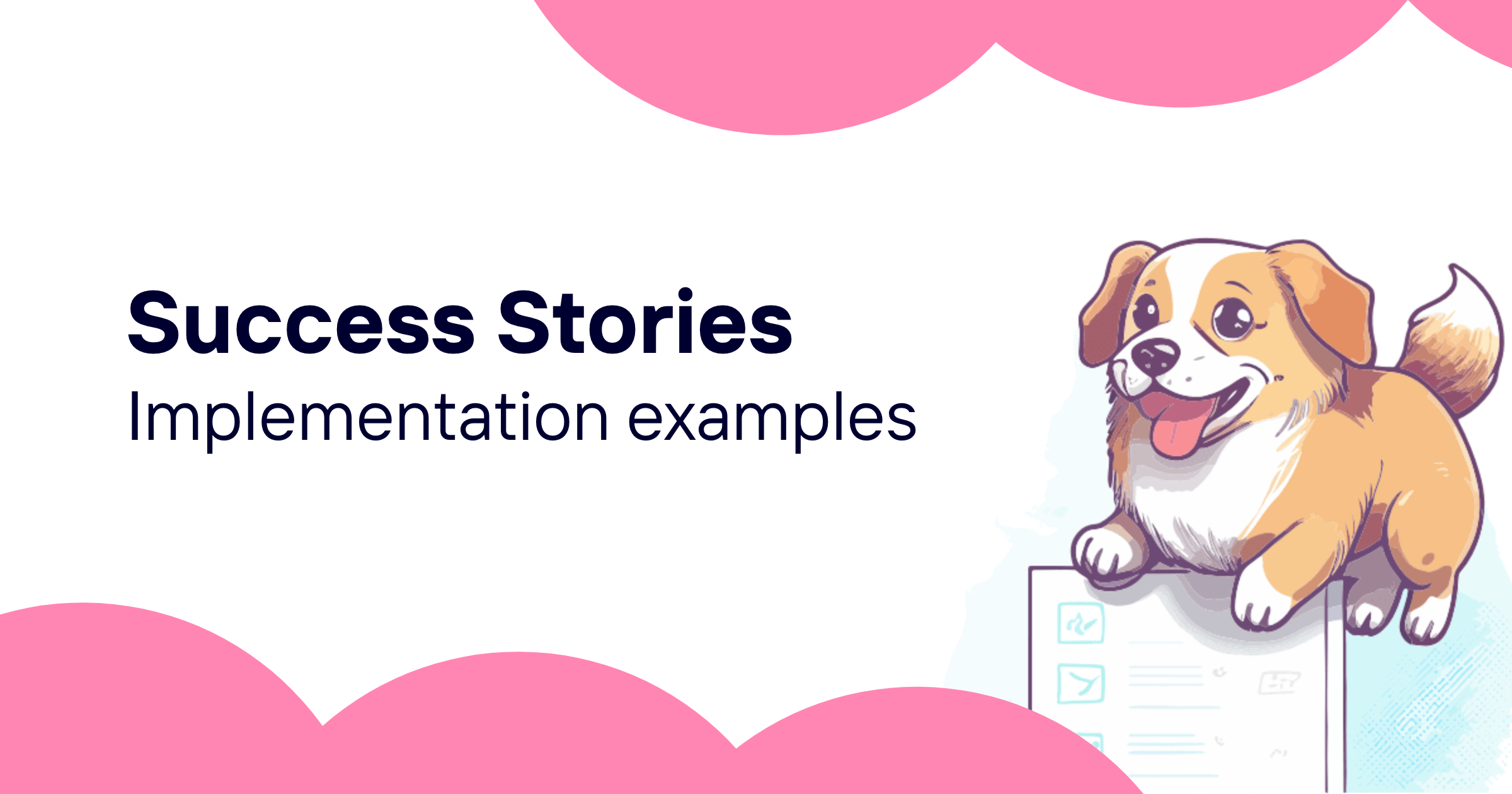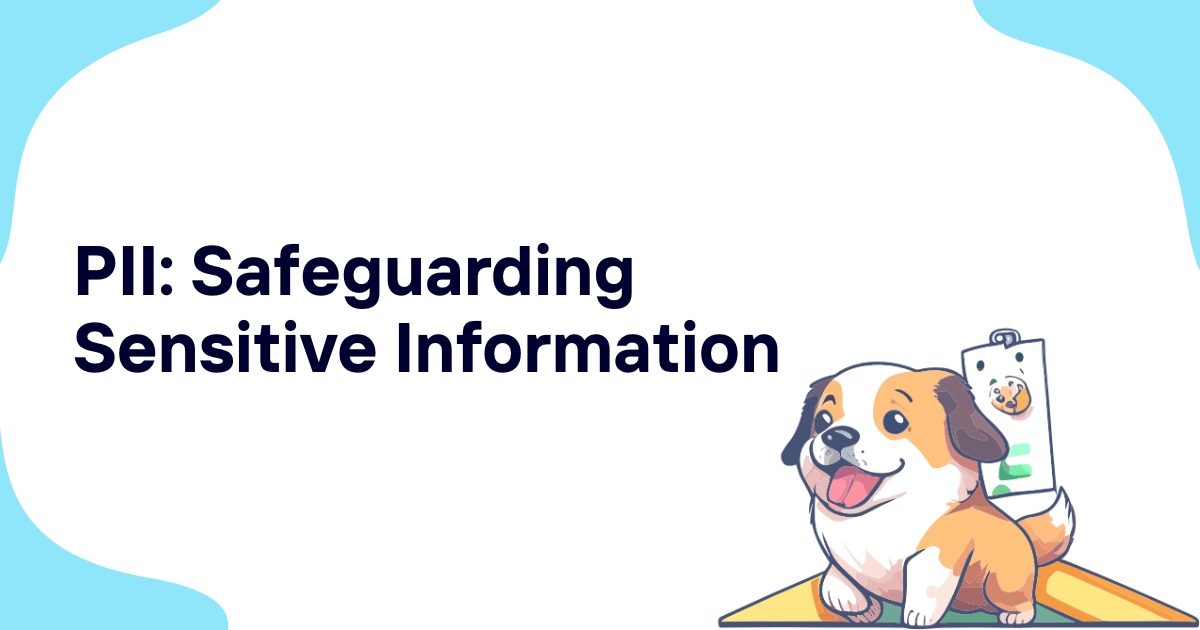Data breaches make headlines daily, with personally identifiable information (PII) often at the center of these security incidents. For software companies, protecting PII isn't just about avoiding bad publicity – it's a legal requirement that can make or break your business.
This comprehensive guide walks you through everything you need to know about PII protection, from basic definitions to advanced compliance strategies. Whether you're building your first data protection program or upgrading existing systems, understanding PII management is essential for modern software companies.
What is Personally Identifiable Information (PII)?
Personally Identifiable Information (PII) refers to any data that can identify a specific individual, either on its own or when combined with other information. Think of PII as digital fingerprints – unique data points that can trace back to a real person.
The definition of PII varies slightly between different regulatory frameworks, but the core concept remains consistent: any information that puts individual privacy at risk requires special protection measures.
Legal Definitions Across Frameworks
Different privacy laws define PII with varying levels of specificity:
GDPR Definition: The General Data Protection Regulation uses the term "personal data" and defines it broadly as any information relating to an identified or identifiable natural person. This includes obvious identifiers like names and addresses, but also extends to online identifiers, location data, and behavioral patterns.
CCPA Scope: The California Consumer Privacy Act defines personal information as information that identifies, relates to, or could reasonably be linked with a particular consumer or household.
NIST Guidelines: The National Institute of Standards and Technology provides technical definitions focused on information that can distinguish or trace individual identity, either alone or combined with other linkable information.
Why PII Protection Matters
Beyond legal compliance, PII protection serves critical business functions:
Customer Trust: Users share personal information expecting responsible handling. Data breaches destroy trust and can permanently damage customer relationships.
Financial Protection: Privacy violations carry significant penalties. GDPR fines can reach 4% of annual global revenue, while data breach costs average millions of dollars.
Competitive Advantage: Strong data protection practices differentiate your company in markets where privacy concerns influence purchasing decisions.
Operational Efficiency: Proper PII management streamlines compliance processes and reduces the overhead of handling data subject requests.
Types of PII: Direct vs Indirect Identifiers
Understanding different PII categories helps companies implement appropriate protection measures based on privacy risk levels.
Direct Identifiers
Direct identifiers can identify specific individuals without additional information. These data points carry the highest privacy risk and require the strongest protection measures:
Full Legal Names: Complete names that uniquely identify individuals in most contexts.
Government-Issued Numbers: Social Security numbers, passport numbers, driver's license numbers, and national identification numbers.
Biometric Data: Fingerprints, facial recognition patterns, voice prints, and retinal scans.
Contact Information: Email addresses, phone numbers, and physical addresses when they identify specific individuals.
Indirect Identifiers
Indirect identifiers become personally identifying when combined with other data points. While individually less risky, these data elements can create privacy concerns through aggregation:
Demographic Information: Age, gender, race, and ethnic background when combined with geographic or other identifying data.
Employment Details: Job titles, employer names, and professional affiliations that could identify individuals in specific contexts.
Technical Identifiers: IP addresses, device IDs, and browser fingerprints that enable tracking across digital platforms.
Behavioral Data: Shopping patterns, website usage, and preference profiles that create unique individual signatures.
Quasi-Identifiers in Practice
Real-world PII protection requires understanding how seemingly anonymous data becomes identifying through combination and analysis:
Location Patterns: Regular travel routes, frequently visited locations, and geographic preferences can identify individuals when analyzed over time.
Timing Data: Login patterns, activity schedules, and communication timing create behavioral fingerprints.
Preference Profiles: Product choices, content consumption, and interaction patterns reveal individual characteristics.
Network Connections: Social graphs, communication patterns, and relationship data provide identification pathways.
PII Examples Across Different Industries
Different industries handle unique types of PII that require specialized protection approaches. Understanding industry-specific examples helps companies identify their complete PII inventory.
Software and Technology Companies
Technology companies often handle diverse PII types through user accounts, analytics, and platform interactions:
User Account Data: Usernames, passwords, profile information, and account preferences.
Usage Analytics: Feature usage patterns, performance data, and interaction logs that reveal user behavior.
Support Communications: Help desk tickets, chat logs, and support emails containing personal details and technical information.
Integration Data: Information shared through API connections, third-party integrations, and data synchronization.
Healthcare Technology
Healthcare software handles some of the most sensitive PII categories, requiring specialized protection under regulations like HIPAA:
Medical Records: Diagnosis information, treatment history, and health status data.
Provider Information: Healthcare professional credentials, practice details, and treatment provider relationships.
Insurance Data: Coverage information, claim details, and payment processing data.
Research Information: Clinical trial participation, research study data, and anonymized health statistics.
Financial Services Software
Financial technology companies manage PII with direct economic value and regulatory oversight:
Account Information: Banking details, credit scores, and financial history data.
Transaction Records: Payment processing, money transfers, and purchase history.
Investment Data: Portfolio information, trading patterns, and financial planning details.
Credit Information: Loan applications, creditworthiness assessments, and debt management data.
Educational Technology
Education software handles student data with specific privacy protections under laws like FERPA:
Student Records: Academic performance, attendance, and educational progress data.
Parent Information: Guardian contact details, family relationships, and emergency contacts.
Institutional Data: School affiliations, program enrollment, and educational credentials.
Learning Analytics: Study patterns, performance metrics, and educational outcome tracking.
GDPR and PII: Legal Requirements for Protection
The General Data Protection Regulation significantly expanded PII protection requirements for companies serving European users. Understanding GDPR's approach to personal data helps companies build comprehensive protection programs.
GDPR Personal Data Categories
GDPR recognizes different personal data categories with varying protection requirements:
Regular Personal Data: Standard identifiers like names, addresses, and contact information requiring basic protection measures.
Special Category Data: Sensitive information including racial origin, political opinions, religious beliefs, health data, and sexual orientation requiring enhanced protection.
Criminal Conviction Data: Information about criminal offenses and proceedings requiring specific legal authority for processing.
Legal Basis for PII Processing
GDPR requires companies to establish valid legal grounds before processing personal data:
Consent: Freely given, specific, informed agreement for data processing. Users must be able to withdraw consent easily.
Contract Performance: Processing necessary for contract execution or pre-contractual steps at the data subject's request.
Legal Obligation: Processing required to comply with legal requirements applicable to the data controller.
Vital Interests: Processing necessary to protect someone's life or physical safety.
Public Task: Processing required for public interest tasks or official authority exercise.
Legitimate Interests: Processing necessary for legitimate business interests, balanced against individual privacy rights.
Individual Rights Under GDPR
GDPR grants individuals specific rights regarding their personal data that companies must support:
Right of Access: Individuals can request information about data processing and copies of their personal data.
Right to Rectification: Users can demand correction of inaccurate or incomplete personal information.
Right to Erasure: The "right to be forgotten" allows individuals to request data deletion under specific circumstances.
Right to Restrict Processing: Users can limit how companies process their personal data in certain situations.
Right to Data Portability: Individuals can request their data in machine-readable formats for transfer to other services.
Right to Object: Users can object to processing based on legitimate interests or for direct marketing purposes.
GDPR Compliance Implementation
Effective GDPR compliance requires systematic approaches to personal data handling:
Data Protection Impact Assessments: Mandatory evaluations for high-risk processing activities that identify and mitigate privacy risks.
Privacy by Design: Integration of data protection principles into system design and business processes from the beginning.
Data Protection Officer: Appointment of qualified professionals to oversee data protection compliance and serve as regulatory contacts.
Record Keeping: Detailed documentation of processing activities, legal bases, and data handling procedures.
As discussed in our complete EULA guide, software licensing agreements must address data processing rights and user consent mechanisms to maintain GDPR compliance.
PII Data Mapping and Classification
Effective PII protection starts with comprehensive data mapping that identifies where personal information exists within your systems and how it flows through your organization.
Data Discovery Process
Systematic data discovery helps companies locate PII across complex technology environments:
Database Scanning: Automated tools that identify potential PII fields in structured databases using pattern recognition and machine learning.
File System Analysis: Searches for PII in documents, spreadsheets, and unstructured data stored across network drives and cloud storage.
Application Integration Review: Examination of data flows between applications, APIs, and third-party services that might process personal information.
Backup and Archive Assessment: Review of backup systems, disaster recovery files, and archived data that might contain historical PII.
Classification Frameworks
Data classification schemes help organizations apply appropriate protection measures based on privacy risk levels:
Sensitivity Levels: High, medium, and low categories based on potential harm from unauthorized disclosure.
Regulatory Categories: Classifications aligned with specific legal requirements like GDPR special categories or HIPAA protected health information.
Business Context: Classifications based on business use cases, data retention requirements, and operational necessity.
Access Requirements: Categories that determine who can access data and under what circumstances.
Data Flow Documentation
Understanding how PII moves through systems helps identify protection gaps and compliance requirements:
Collection Points: Documentation of all locations where personal data enters your systems, including web forms, APIs, and integrations.
Processing Activities: Detailed records of how systems use, transform, and analyze personal information.
Storage Locations: Inventory of databases, files, and services where PII is stored, including backup and disaster recovery systems.
Sharing Arrangements: Documentation of third-party data sharing, processor relationships, and international data transfers.
Automated Discovery Tools
Modern data discovery platforms use advanced techniques to identify and classify PII automatically:
Pattern Recognition: Algorithms that identify common PII formats like Social Security numbers, email addresses, and phone numbers.
Machine Learning Classification: AI systems trained to recognize personal information in various contexts and formats.
Content Analysis: Natural language processing that identifies personal information in unstructured text and documents.
Behavioral Analysis: Systems that detect unusual data access patterns that might indicate security risks or compliance violations.
Best Practices for PII Storage and Processing
Implementing strong PII protection requires combining technical safeguards with operational procedures that minimize privacy risks throughout the data lifecycle.
Encryption and Security Controls
Technical protection measures form the foundation of PII security:
Encryption at Rest: All stored PII should use strong encryption algorithms with proper key management to protect against unauthorized access.
Encryption in Transit: Network communications containing PII must use secure protocols like TLS to prevent interception.
Access Controls: Role-based access systems that limit PII access to authorized personnel with legitimate business needs.
Authentication Systems: Multi-factor authentication and strong password requirements for systems containing personal data.
Data Minimization Principles
Collecting and retaining only necessary PII reduces privacy risks and compliance overhead:
Purpose Limitation: Clearly define why you need each type of personal information and limit collection to those specific purposes.
Retention Policies: Establish clear timelines for data deletion based on business needs and legal requirements.
Regular Audits: Periodic reviews to identify and remove unnecessary personal information from your systems.
Default Settings: Configure systems to collect minimal data by default, requiring explicit choices for additional information sharing.
Processing Safeguards
Operational procedures help ensure PII handling meets privacy requirements:
Staff Training: Regular education about privacy requirements, security procedures, and incident response protocols.
Vendor Management: Due diligence processes for third-party services that handle personal information on your behalf.
Change Management: Procedures to assess privacy impacts when modifying systems or processes that handle PII.
Quality Controls: Regular testing and validation to ensure protection measures work as intended.
International Data Transfers
Global operations require special considerations for cross-border PII movement:
Adequacy Decisions: Understanding which countries have been deemed adequate for data protection by relevant authorities.
Standard Contractual Clauses: Legal mechanisms for protecting personal data transferred to countries without adequacy decisions.
Binding Corporate Rules: Internal policies that enable multinational companies to transfer data between subsidiaries.
Certification Programs: Industry-specific frameworks that demonstrate adequate data protection for international transfers.
PII Breach Prevention and Response
Despite best efforts, data breaches can still occur. Effective breach prevention and response programs minimize damage and ensure regulatory compliance when incidents happen.
Prevention Strategies
Proactive measures help prevent PII breaches before they occur:
Vulnerability Management: Regular security assessments, penetration testing, and prompt patching of identified vulnerabilities.
Network Monitoring: Real-time monitoring systems that detect unusual access patterns or potential security threats.
Employee Security: Background checks, security training, and clear policies about acceptable use of systems containing PII.
Physical Security: Protecting servers, workstations, and storage media containing personal information from unauthorized physical access.
Incident Detection
Early breach detection minimizes potential harm and enables faster response:
Automated Monitoring: Systems that detect unusual data access, large-scale downloads, or unauthorized system modifications.
User Reporting: Clear procedures for employees to report suspected security incidents or privacy violations.
Third-Party Monitoring: Services that monitor dark web markets and breach databases for your company's data.
Regular Audits: Periodic reviews of access logs, system configurations, and data handling procedures.
Response Procedures
Effective incident response requires pre-planned procedures that can be executed quickly under pressure:
Immediate Containment: Steps to stop ongoing data exposure and prevent additional unauthorized access.
Impact Assessment: Evaluation of what personal information was involved and how many individuals might be affected.
Regulatory Notification: Timely reporting to relevant authorities as required by applicable privacy laws.
Individual Notification: Communication with affected individuals about the breach and steps they can take to protect themselves.
Post-Incident Activities
Learning from security incidents helps improve future protection measures:
Root Cause Analysis: Detailed investigation to understand how the breach occurred and what factors contributed to the incident.
System Improvements: Implementation of additional security measures to prevent similar incidents in the future.
Process Updates: Revision of policies and procedures based on lessons learned from the incident response.
Training Updates: Enhanced security awareness training that addresses specific vulnerabilities identified during the incident.
PII Compliance Tools and Software
Modern PII protection requires sophisticated tools that can handle the complexity of contemporary data environments while maintaining operational efficiency.
Data Discovery and Classification
Automated discovery tools help companies maintain accurate inventories of personal information:
Database Scanners: Tools that automatically identify PII in structured databases using pattern matching and machine learning algorithms.
File Analysis Systems: Solutions that scan unstructured data in documents, emails, and file shares for personal information.
Cloud Discovery: Specialized tools for identifying PII in cloud storage, SaaS applications, and hybrid environments.
Real-Time Classification: Systems that classify data as it's created or modified, ensuring consistent protection from the moment PII enters your systems.
Privacy Management Platforms
Comprehensive platforms help organizations manage all aspects of PII protection:
Consent Management: Tools that track user consent, preferences, and opt-out requests across multiple touchpoints.
Request Management: Systems for handling data subject access requests, deletion requests, and other individual rights under privacy laws.
Risk Assessment: Platforms that evaluate privacy risks associated with new projects, system changes, or data processing activities.
Compliance Monitoring: Continuous monitoring systems that track compliance with privacy requirements and identify potential violations.
Integration and Automation
Modern privacy tools integrate with existing business systems to minimize operational overhead:
API Connectivity: Integration capabilities that connect privacy tools with CRM systems, databases, and business applications.
Workflow Automation: Automated processes for common privacy tasks like data deletion, consent verification, and breach notification.
Reporting and Analytics: Dashboards and reports that provide visibility into privacy program effectiveness and compliance status.
Change Management: Systems that automatically update privacy controls when business processes or data flows change.
Building comprehensive PII protection requires more than individual tools – it requires integrated platforms that can manage the complete privacy lifecycle while adapting to changing business requirements and regulatory landscapes.
For software companies looking to streamline PII compliance while maintaining operational efficiency, comprehensive platforms offer significant advantages over cobbled-together point solutions. These integrated approaches ensure consistency across privacy processes while reducing the complexity of managing multiple vendor relationships and system integrations.
Ready to build comprehensive PII protection that scales with your business? Use ComplyDog and get your complete data protection framework operational in hours, not months.
